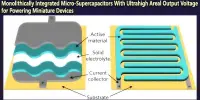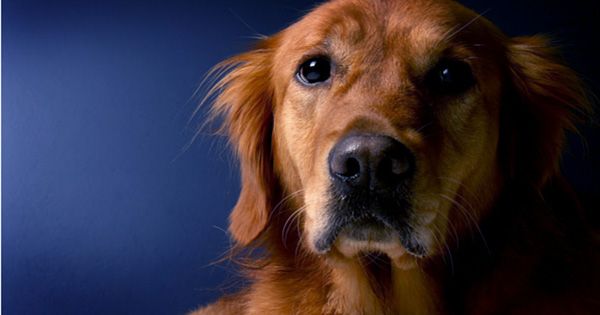Agricultural Drone
The process of using a drone to map or survey crops is a relatively straightforward one. An agricultural drone is an unmanned aerial vehicle used to help optimize agriculture operations, increase crop production, and monitor crop growth. This technology has been improving in the last few years, and the benefits of drones in agriculture are becoming more apparent to farmers. Sensors and digital imaging capabilities can give farmers a richer picture of their fields. Drone applications in agriculture range from mapping and surveying to crop-dusting and spraying. Using an agriculture drone and gathering information from it may prove useful in improving crop yields and farm efficiency. As the drone flies, it automatically takes pictures using onboard sensors and the built-in camera and uses GPS to determine when to take each shot.
“Using an agriculture drone and gathering information from it may prove useful in improving crop yields and farm efficiency.”
Agricultural drones let farmers see their fields from the sky. On the surface, agricultural drones are no different than other types of drones. This bird’s-eye view can reveal many issues such as irrigation problems, soil variation, and pest and fungal infestations. The application of the UAV simply changes to fit the needs of the farmer. Multispectral images show a near-infrared view as well as a visual spectrum view. From crop monitoring to planting, livestock management, crop spraying, irrigation mapping, and more. The combination shows the farmer the differences between healthy and unhealthy plants, a difference not always clearly visible to the naked eye. Thus, these views can assist in assessing crop growth and production. There are, however, several drones specifically made for agricultural use.

Drone applications in agriculture range from mapping and surveying to crop-dusting and spraying
There are numerous types of agricultural drones on the market, but a few have risen above the rest as the cream of the crop.
- PrecisionHawk’s DJI Matrice 200 v2: It features advanced obstacle detection and can even fly in sub-zero temperatures.
- senseFly eBee SQ: The drone boasts the ability to capture hundreds of acres of footage in a single flight.
- Sentera PHX Complete System: Sentra offers farmers the ability to increase operational efficiencies and perform plant health analytics.
Additionally, the drone can survey the crops for the farmer periodically to their liking. Drone technology is a phenomenal innovation that continues to have far-reaching effects across today’s society, transforming our lives and the way we do business. Weekly, daily, or even hourly, pictures can show the changes in the crops over time, thus showing possible “trouble spots”. The agricultural industry seems to have embraced drone technology with open arms, using these advanced tools to transform modern farming. Having identified these trouble spots, the farmer can attempt to improve crop management and production. High-tech drones allow farmers and the drone pilots that operate them, to increase efficiency in certain aspects of the farming process.
















